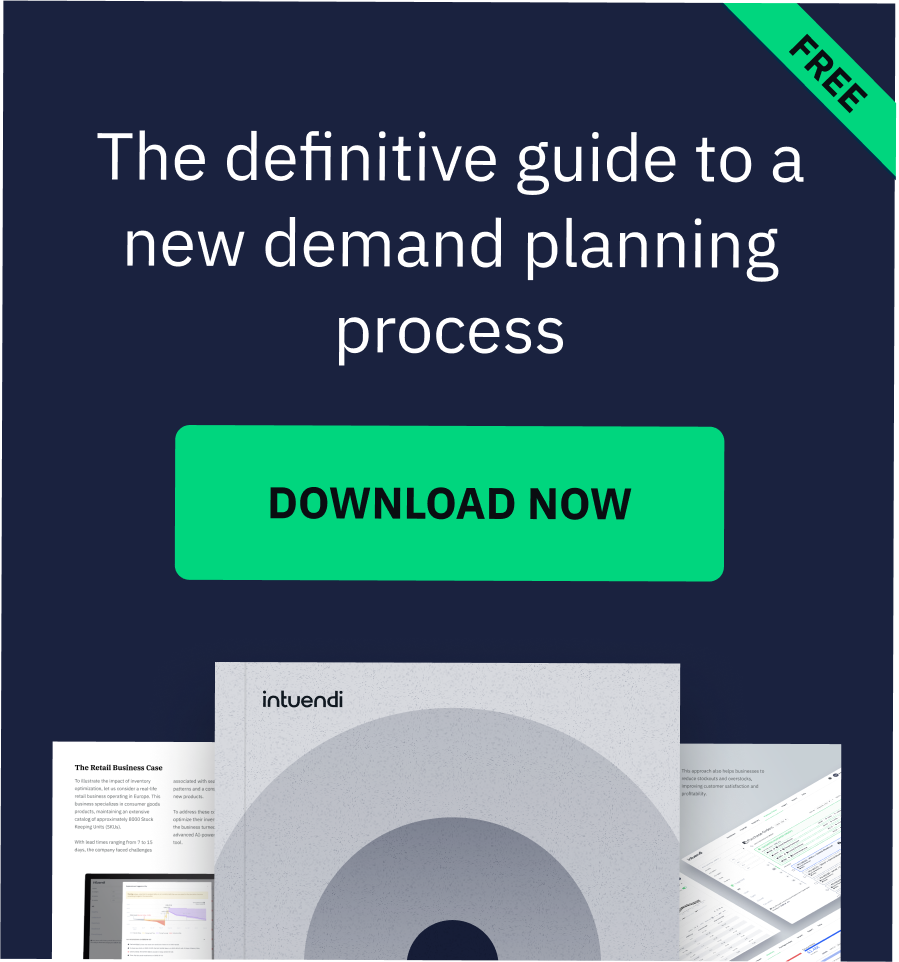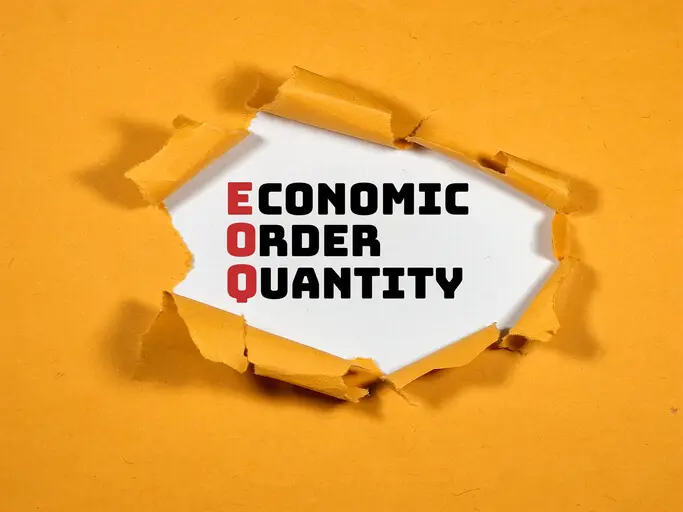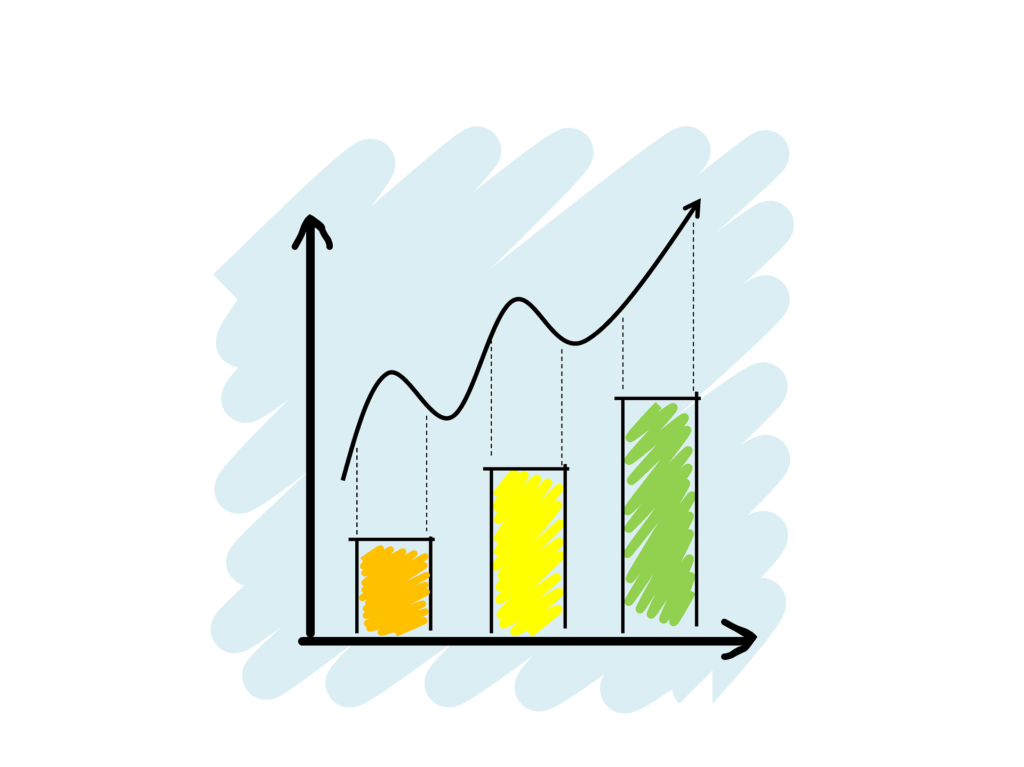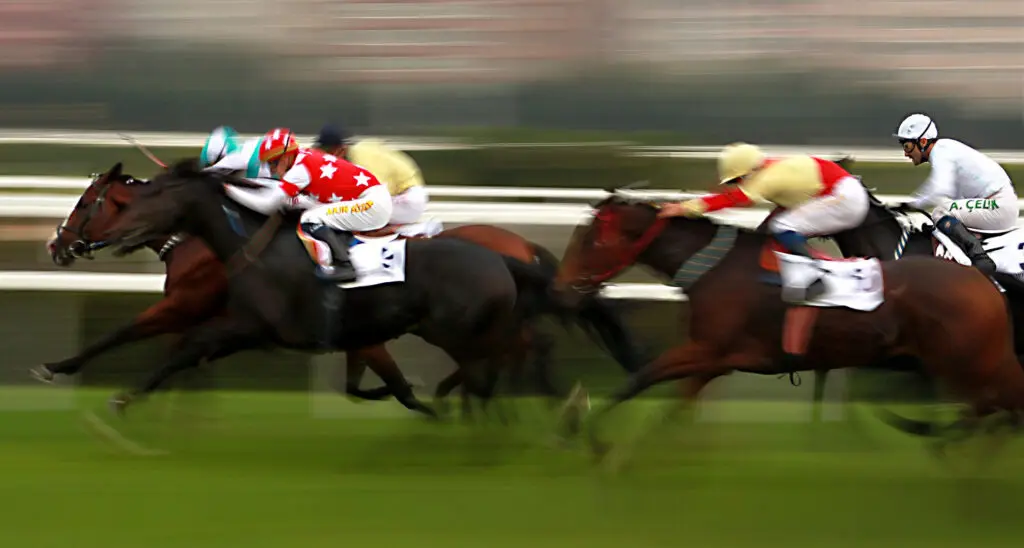In this post we’ve talked about the definition of the reorder point in an advanced inventory replenishment optimization. It has turned out that both the estimated demand during the lead time and the safety stock level have to be considered in order to avoid stockouts.
However, once it’s clear that a replenish of a product is needed, how much to reorder? How can be the order quantity properly set? Well, it strongly depends on replenishment policies. Let’s have a look at a few common strategies.
Order quantity: some cases
Here are reported a few common cases about how much to replenish.
Fixed Order Quantity: this is one of the simplest, once it’s time to put an order you’ve only to keep in mind the same fixed order quantity.
PRO: easy to apply, fixed order quantity.
CONS: it doesn’t take into account demand variability, possible stockouts can occur in the case of high peaks of demand.
Fixed Replenishment Interval: it can be considered as dual of the previous. In this case, orders are made with the same frequency, e.g. once a month or every Monday. With this policy, the reorder point definition made in this post could be useless, but it could be used as a watchdog for incoming stockouts.
PRO: easy to apply, fixed frequency.
CONS: it’s hard to compute the right quantity in order to satisfy the demand in the next period (before the next replenishment) without incurring in possible stockouts. Often, this problem is solved ordering a higher quantity, but stock costs may increase.
In both cases, it is clear that adjustments are likely needed in order to properly deal with the demand variability. Stockouts have to be avoided since customers could be lost. From the other hand, excessive stock levels are a significant matter as well. So, the question is: how can be the order quantity set with a proper optimization of the resources and strategies?
Demand Forecasting Solutions can address these inventory replenishment problems in a suitable way. Let’s discover how.
How Demand Forecasting Solutions can help with the order quantity
With an estimation of the future demand, the order quantity can be properly set in order to minimize undesired behaviors, like stockouts.
Let’s discuss case by case.
Fixed Order Quantity: in this case, a demand forecasting tool can suggest when the future replenishments could occur based on the demand estimation and on the fixed order quantity. If these future replenishments tend to be closer than in the past (and possibly closer than the lead time), maybe the fixed quantity should be increased. The same considerations can be made in the case the business is estimated to slow down.
Thus, the stock may remain unsold for a longer period, leading to an increase of costs.
Fixed Replenishment Interval: this is the case in which a demand forecasting solution performs at the best. Let’s say it’s April the 1st and it’s time to reorder a product. The next replenishment is due on May the 1st. If everything has been planned at the best,
there is enough stock to satisfy the demand for the next 15 days, which is the lead time. So, with this order quantity we have to cover the remaining 15 days of April (after the arrival of the new stock and before the next replenishment) and the first 15 days of May (the next lead time). How much to reorder? It’s enough to consider the amount of demand estimated by the tool from the 15th of April to the 15th of May. As simple as that.






